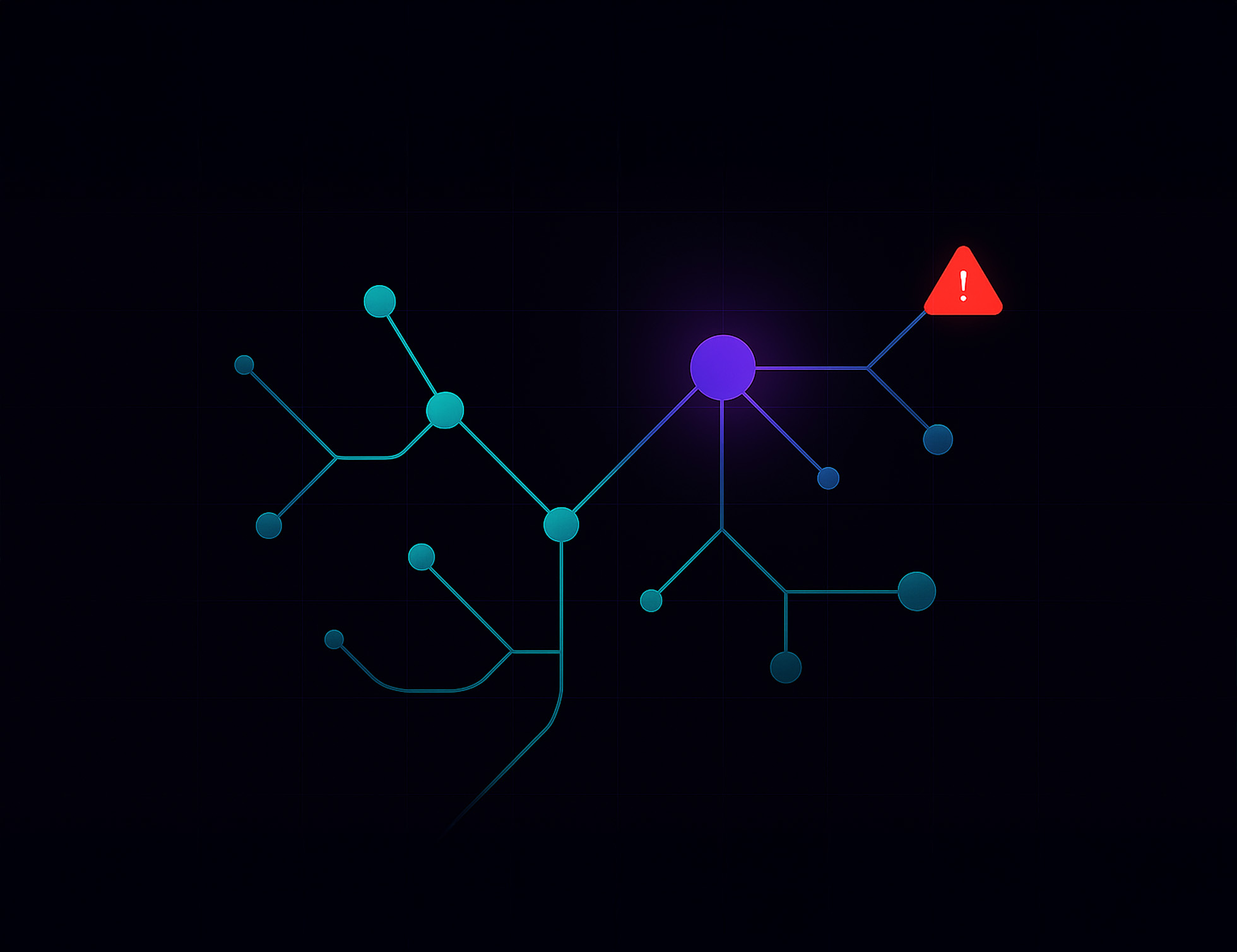Designing for Emergence: When Systems Build Themselves

Designing for Emergence: When Systems Build Themselves
The future doesn't follow blueprints. It emerges.
Here's the reality: 78% of breakthrough innovations weren't planned—they emerged from systems designed to discover. Yet most teams still design for predetermined outcomes.
The companies winning the AI race aren't just thinking exponentially—they're designing for emergence.
The Emergence Advantage
Traditional design assumes you know what you're building: Define requirements → Design solution → Execute plan.
But in exponential environments, the most valuable discoveries happen between the lines. The magic lives in what you didn't expect.
Netflix didn't plan to become a content creator. Amazon didn't plan AWS. Slack emerged from a gaming company's internal tool.
These weren't pivots. They were systems designed to recognize and amplify unexpected value.
Beyond Predictable Outcomes
Emergence goes beyond chaos. It's structured discovery.
It's about building systems that can:
- Detect patterns you didn't know existed
- Generate solutions you didn't think to ask for
- Adapt to opportunities you couldn't forecast
- Scale capabilities you hadn't imagined
This requires a fundamental shift from control to cultivation.
The Emergence Design Framework
Layer 1: Sensing Infrastructure
Build systems that constantly scan for weak signals.
Instead of waiting for problems to surface, deploy sensors that detect emerging patterns, user behaviors, and system anomalies in real-time.
Example: An e-commerce platform that doesn't just track purchases but analyzes browsing patterns, search queries, and abandonment points to discover new product categories before customers consciously demand them.
Layer 2: Pattern Recognition Engine
AI agents that identify meaningful connections across data streams.
These discovery engines spot relationships between seemingly unrelated events and behaviors.
Example: A SaaS tool that notices certain feature combinations correlate with 10x user retention, automatically suggesting new product bundles or workflow optimizations.
Layer 3: Hypothesis Generation
Systems that propose experiments based on detected patterns.
Rather than waiting for human insight, AI generates testable hypotheses about what might work next.
Example: A marketing automation platform that notices certain email subject lines perform better during specific weather conditions, then automatically tests location-based messaging strategies.
Layer 4: Adaptive Execution Infrastructure
Systems that can implement and test new capabilities without human intervention.
This is where emergence becomes operational. Systems that can try new approaches, measure results, and evolve their behavior.
Example: A customer service AI that develops new conversation flows based on successful interactions, then A/B tests these approaches across different user segments.
Building Emergence-Ready Architecture
The foundation of emergence requires four architectural pillars:
- Design for Loose Coupling: Every component should be independently replaceable and extensible.
- Implement Continuous Learning: Build feedback loops that operate at multiple timescales.
- Create Combinatorial Possibilities: Design components that can be recombined in unexpected ways.
- Enable Safe Experimentation: Build environments where new ideas can be tested without risk.
The Emergence Playbook
Week 1-2: Sensing Setup
- Deploy comprehensive data collection
- Implement real-time pattern detection
- Create anomaly alert systems
Week 3-4: Recognition Engine
- Build an AI-powered pattern analysis
- Set up cross-system correlation tracking
- Implement insight generation pipelines
Week 5-6: Hypothesis Testing
- Create an automated experiment generation
- Deploy A/B testing infrastructure
- Build outcome measurement systems
Week 7-8: Adaptive Implementation
- Enable system self-modification
- Implement safety constraints
- Scale successful discoveries
Five Emergence Design Principles
Our experience building adaptive systems has revealed five core principles that drive emergent behavior:
- Design for serendipity: Build systems that can capitalize on unexpected discoveries
- Optimize for learning velocity: Fast iteration beats perfect planning
- Embrace productive tension: The best insights emerge at the intersection of different systems
- Build evolutionary pressure: Create environments where better solutions naturally emerge
- Think in possibility spaces: Design for potential, not just performance
The Compound Discovery Effect
Teams designing for emergence report:
- 85% more breakthrough innovations
- 50% faster problem resolution
- 300% improvement in adaptation speed
- 40% reduction in development waste
But the real advantage is evolution.
Emergence-ready systems don't just optimize existing processes; they discover entirely new possibilities. They don't just respond to change; they anticipate it.
Your Emergence Opportunity
Let's build systems that don't just work—they evolve, discover, and surprise us.
→ Ready to unlock emergence in your systems? Let's talk
